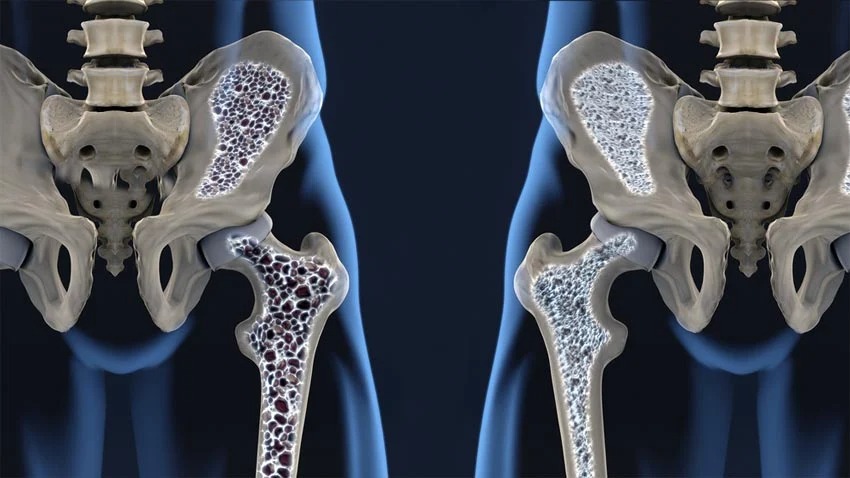Osteoporosis in patients with rheumatoid arthritis receiving low-dose corticosteroids
DOI:
https://doi.org/10.18537/RFCM.38.03.03Keywords:
rheumatoid arthritis, osteoporosis, glucocorticoids, socioeconomic factors, risk factorsAbstract
Osteoporosis (OP) is a frequent comorbidity in patients with rheumatoid arthritis (RA) who take low doses of glucocorticoids (GCs) (<7.5mg), which causes malabsorption of calcium, decreased bone mass and risk of fracture.
Objective: to establish the frequency of OP and low bone mineral density (BMD) in patients with RA who take low doses of GCs from the Vicente Corral Moscoso Hospital (HVCM).
Methodology: a descriptive, cross-sectional study was carried out in patients with RA who were attended in the HVCM outpatient clinic, who receive disease-modifying anti-rheumatic drugs (DMARDs) and low doses of GCs in addition to conventional medication. The sample was calculated based on a frequency of 30% of OP. For the diagnosis of OP, axial densitometry (DXA) was used with WHO criteria. The information was processed in SPSS version 15.
Results: the study was carried out with 161 patients with RA who took low doses of GCs, 96.3% were female, the age group from 40 to 64 years represented 60.2%, the majority made domestic chores 78.9%. The BMD in the lumbar spine was low with 39.1% and OP 37.9%; low BMD in the femoral neck 39.8% and OP 17.4%.
Conclusions: frequency of OP and decreased BMD was found in RA patients taking low-dose GCs; being more frequent the OP and decreased BMD in people older than 64 years with RA and who take GCs for more than ten years.
Downloads

Published
Issue
Section
License
Copyright (c) 2021 Karen Dayana Guevara Serrano, Silvia Maribel Guzhñay Bernal

This work is licensed under a Creative Commons Attribution-NonCommercial-ShareAlike 4.0 International License.
Copyright © Autors.

You are free to:
 |
Share — copy and redistribute the material in any medium or format |
 |
Adapt — remix, transform, and build upon the material for any purpose, even commercially. |
Under the following conditions:
 |
Attribution — You must give appropriate credit, provide a link to the licence, and indicate if changes were made. You may do so in any reasonable manner, but not in any way that suggests the licenser endorses you or your use. |
| NonCommercial — You may not use the material for commercial purposes. | |
| ShareAlike — If you remix, transform, or build upon the material, you must distribute your contributions under the same license as the original. |
| No additional restrictions — You may not apply legal terms or technological measures that legally restrict others from doing anything the licence permits. |





